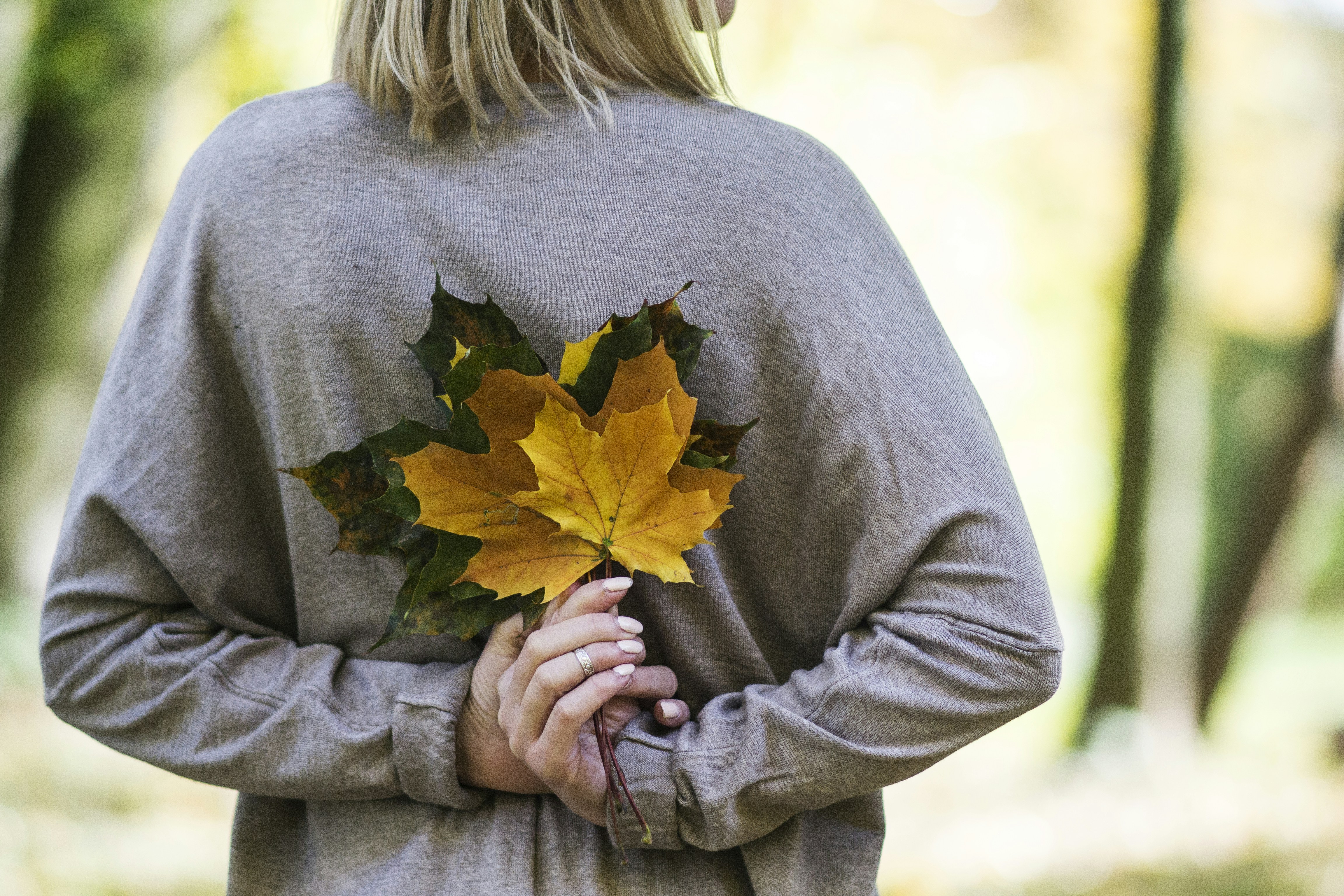Are your plants looking a little lackluster lately? Could they be drowning in too much water? Identifying the signs of overwatering plants is crucial in ensuring their health and well-being. From droopy leaves to yellowing foliage, these telltale indicators can help you save your beloved greens and give them the proper care they need. So, if you’re curious about what to look out for when it comes to overwatering, let’s dive in and explore!
Visible Signs
Yellowing leaves
One of the visible signs of overwatering plants is the yellowing of leaves. When plants receive excess water, their roots become unable to absorb oxygen properly. This leads to a lack of nutrients and the development of yellow leaves. It’s important to pay attention to the lower leaves, as they are more likely to be affected first.
Wilting
Another indicator of overwatering is wilting. While this may seem contradictory, overwatered plants can show signs of wilting due to root rot. When the roots are constantly saturated, they become weak and unable to support the plant, causing it to wilt even though it may have sufficient moisture.
Leaf drop
Overwatering can also cause leaf drop. As the roots become waterlogged, they lose their ability to supply nutrients to the leaves. This can result in the plant shedding leaves prematurely, leading to a sparse and unhealthy appearance.
Root rot
Root rot is a common consequence of overwatering. When the soil is constantly wet, fungal pathogens thrive and attack the roots. This condition weakens the plant’s root system, making it unable to absorb nutrients efficiently. The roots may appear black, mushy, or have a foul smell, indicating the presence of root rot.
Soil Conditions
Waterlogged soil
Waterlogged soil is a clear sign of overwatering. When the soil is saturated for prolonged periods, excess water fills the gaps in between soil particles, depriving the plant’s roots of oxygen. This lack of oxygen hampers root growth and function, ultimately leading to various problems in the plant’s overall health.
Mold or algae growth
Overwatering often creates ideal conditions for mold or algae growth. Excessive moisture and lack of airflow create a damp environment, which encourages the growth of these organisms. Mold or algae can appear on the soil surface or even on the plant itself, affecting its ability to absorb light and nutrients.
Foul smell
A foul smell emanating from the soil is a clear indication of overwatering and potential root rot. The presence of anaerobic bacteria, which thrive in waterlogged conditions, leads to the release of unpleasant odors. If you notice an unpleasant smell around your plants, it’s crucial to address the watering habits to prevent further damage.
Pest and Disease Infestation
Fungus gnats
Overwatering can attract fungus gnats, small flying insects that are attracted to damp conditions. These pests lay their eggs in the moist soil, and their larvae feed on root hairs, leading to weakened roots. If you notice small black insects flying around your plants or tiny larvae in the soil, it’s likely a sign of overwatering attracting fungus gnats.
Mildew and mold
Excessive moisture can create a conducive environment for mildew and mold growth. These fungal infections thrive in damp and humid conditions, and overwatered plants provide the perfect breeding ground. White or gray powdery substances on leaves, stems, or flowers are signs of mildew, while black or green spots on the plant indicate mold growth.
Root pathogens
Overwatered plants are more susceptible to root pathogens such as Pythium and Phytophthora. These pathogens thrive in waterlogged soil and attack the weakened roots, causing rot and decline in plant health. Symptoms of root pathogens include browning or blackening of roots, stunted growth, and an overall decline in the plant’s appearance.
Stunted Growth
Limited new growth
When plants receive excess water, their growth may become stunted. The waterlogged soil limits the availability of oxygen to the roots, hindering proper nutrient uptake and impeding the plant’s ability to grow new foliage or stems. As a result, the plant may appear stagnant, with little to no signs of healthy growth.
Small leaves
Overwatering can also lead to the development of small leaves. When the roots are constantly saturated, the plant’s ability to absorb nutrients efficiently is compromised. As a result, the leaves may not reach their full size potential and appear smaller than usual.
Sparse foliage
Sparse foliage is another sign of stunted growth due to overwatering. As the roots struggle to function properly in waterlogged conditions, the plant becomes unable to support a lush and full canopy of leaves. This leads to a sparser appearance, with gaps between individual branches or stems.
Nutrient Deficiency Symptoms
Chlorosis
Chlorosis, the yellowing of plant leaves while the veins remain green, can be a symptom of overwatering. When plants receive excessive water, their roots may not be able to access essential nutrients, such as iron. This nutrient deficiency leads to chlorosis, as the plant cannot produce sufficient chlorophyll, resulting in yellow or pale leaves.
Leaf tip burn
Overwatering can also cause leaf tip burn. When the roots are constantly saturated, the plant may have difficulty absorbing certain nutrients, such as salts. Excess salts can accumulate in the leaves, causing the tips to appear burnt or brown. This can also be a sign that the plant is not receiving enough water uptake due to root damage from overwatering.
Abnormal Behavior of Plants
Quick growth and pale color
While it may seem counterintuitive, overwatered plants can exhibit quick growth but with a pale or washed-out appearance. The rapid growth is a result of the excess moisture promoting cell expansion, but the pale color indicates a lack of nutrients. It’s essential to strike a balance between providing adequate water and ensuring proper nutrient absorption for healthy plant growth.
Delayed flowering or fruiting
Overwatering can delay or inhibit flowering and fruiting in plants. When roots are constantly saturated, the plant may redirect its energy to deal with the excess water, causing delays or even complete absence of flowers or fruits. This can be frustrating for gardeners, but adjusting the watering routine can help promote healthy flowering and fruiting.
Leaning or falling over
A distinct sign of overwatering is when plants start to lean or fall over. The weakened roots due to excessive moisture are unable to provide adequate support for the plant, causing it to tilt or even collapse. This is especially noticeable in potted plants, where the weight of the saturated soil contributes to the instability of the overall structure.
Moisture Sensing Techniques
Stick or finger test
One of the simplest ways to determine the moisture level of the soil is by using the stick or finger test. Insert a finger or a wooden stick into the soil, about an inch or two deep, and check for moisture. If the soil feels excessively wet, it’s likely an indication of overwatering. On the other hand, if the soil feels only slightly damp or dry, it may be time to water the plant.
Moisture meter
For a more accurate measurement of soil moisture, a moisture meter can be used. These devices have probes that are inserted into the soil, providing instant readings of the soil’s moisture level. Moisture meters typically have a scale or indicator that shows whether the soil is dry, moist, or wet, helping you determine if overwatering is occurring.
Weighing the plant
Another method to assess the moisture level of potted plants is by weighing them. When a plant is adequately hydrated, it will weigh more due to the water content in the soil. However, if the plant feels significantly heavier than usual, it may be a sign of overwatering. On the other hand, if the plant feels unusually light, it may require watering.
In conclusion, recognizing the signs of overwatering plants is essential for maintaining their health and preventing damage. By paying attention to visible signs, soil conditions, pest and disease infestation, stunted growth, nutrient deficiency symptoms, and abnormal plant behavior, you can identify and address issues caused by excessive watering. Additionally, employing moisture sensing techniques such as the stick or finger test, moisture meters, or weighing the plant can help you fine-tune your watering routine and ensure your plants receive the optimal amount of water for their needs. Remember, striking a balance between providing adequate hydration and preventing overwatering is crucial for thriving garden plants.



